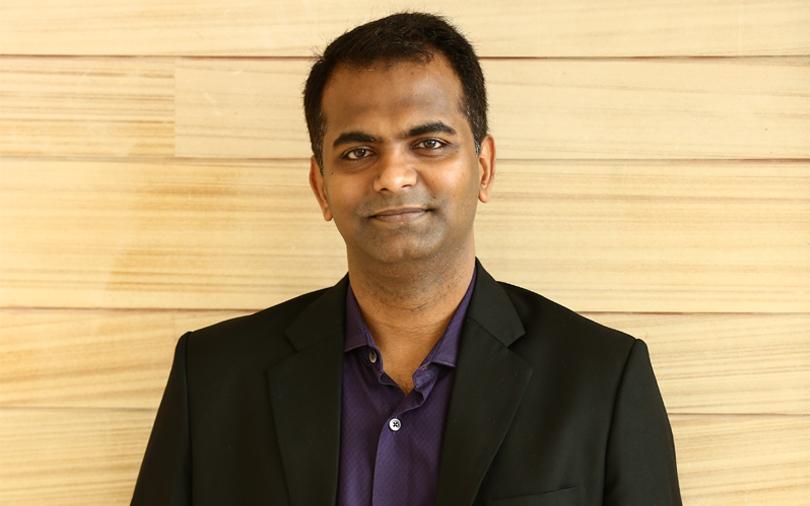Sequoia Capital-backed Voonik started off as a personal stylist, but pivoted to an online marketplace for unbranded fashion early last year. Since then, it has raised sizeable funding and made half-a-dozen acquisitions in areas like chat box and image recognition. But all this while, says co-founder and CEO Sujayath Ali, Voonik has remained frugal and reined in its cash burn. In an interview with VCCircle, he spoke about the company's affordable fashion strategy, ambitions beyond its current mainstay apparel, and more. Excerpts
Your last fund-raise was a $20-million Series B round a year ago.
We topped up that round, and it became $32 million with additional investments from RB Investments and Sequoia. We raised around $36 million in total.
When are planning your next fund-raise?.
Currently, we have cash for a year and are not looking for funds. After eight or nine months, we may look for Series C funding.
What is your burn rate? Tell us about your operational performance.
Our monthly burn is under $500,000 (Rs 3.19 crore). We are contribution margin-positive, which means all the variable and marketing costs are covered by commissions. The money raised only goes towards fixed costs such as salary and rentals.
We are the only e-commerce company in India that is contribution margin-positive. We are aiming for earnings before interest, tax, depreciation and amortisation (EBITDA)-level profitability on a monthly basis by March.
We disintermediate as an e-commerce platform. We go to weavers and cobblers, and that gives us the pricing edge.
Other than gross merchandise volume, what is the metric you use to assess growth?
We do not emphasise on GMV growth. We primarily look at revenue, that is, commissions.
We closed FY17 with around $20 million in commissions, up from $5 million in the previous year. In FY18, we will double our commissions.
As for GMV, we clocked $100 million in FY17.
How do you position yourself in the crowded online fashion space?
We focus on affordable fashion and the unbranded space. More than 75% of our customers are from Tier 2 and Tier 3 cities, where we don’t see much competition. Our core customer base is people in the age bracket of 25-35.
The Flipkart-Myntra-Jabong combine dominates the online fashion market and Amazon is building a strong vertical. What's your strategy against such formidable competitors?
Horizontal e-commerce firms, and the likes of Myntra and Jabong are not our competitors. There is no overlap in either supply or demand. Myntra, for example, houses hundreds of domestic and foreign brands but we primarily deal with local sellers.
Also, big marketplaces depend heavily on marketing. We are never worried about 'bought' GMV or 'bought' traffic.
How many sellers do you have? And what is your user base?
We have 35,000 sellers on our platform. And our acceptance rate is less than 50%. Going ahead, we will become more stringent and our acceptance rate will come down to 35%.
We have a registered user base of 28-29 million and 7-8 million monthly active users.
What is your immediate focus?
We have to expand. Currently, we are mainly into apparel but we want to double down on beauty, jewellery, lingerie, and own brands.
Tell us more about your private label strategy.
We will launch our own brands, ranging from design to jewellery. Unlike the common practice of taking best-selling products and merely branding them, our brands will be carry a philosophy like W, Soch and BIBA.
The first launch will happen by the end of the month.
What is your long-term roadmap?
We focus on discovery. We launched Voonik TV, our video commerce initiative, to improve discovery. Our loyalty programme Primo, video and own brands will contribute as much as 50% of our business. These are our big bets for the future.
Our ambitions have always been international. If we get funded, we can always launch in the Middle East and Southeast Asia. We can replicate our tech platform anywhere. Our video commerce and image-recognition technology are unique.
Like this interview? Sign up for our daily newsletter to get our top reports.






